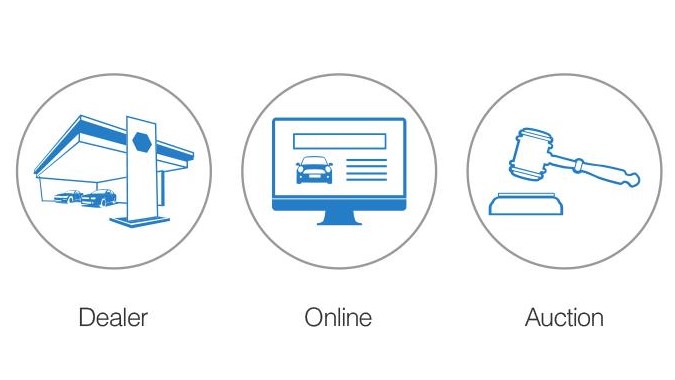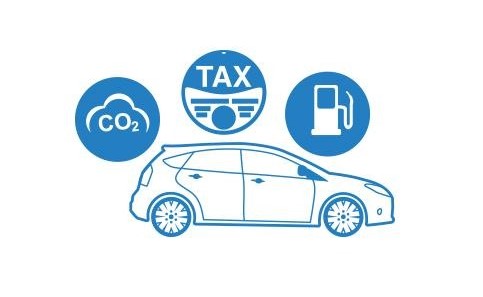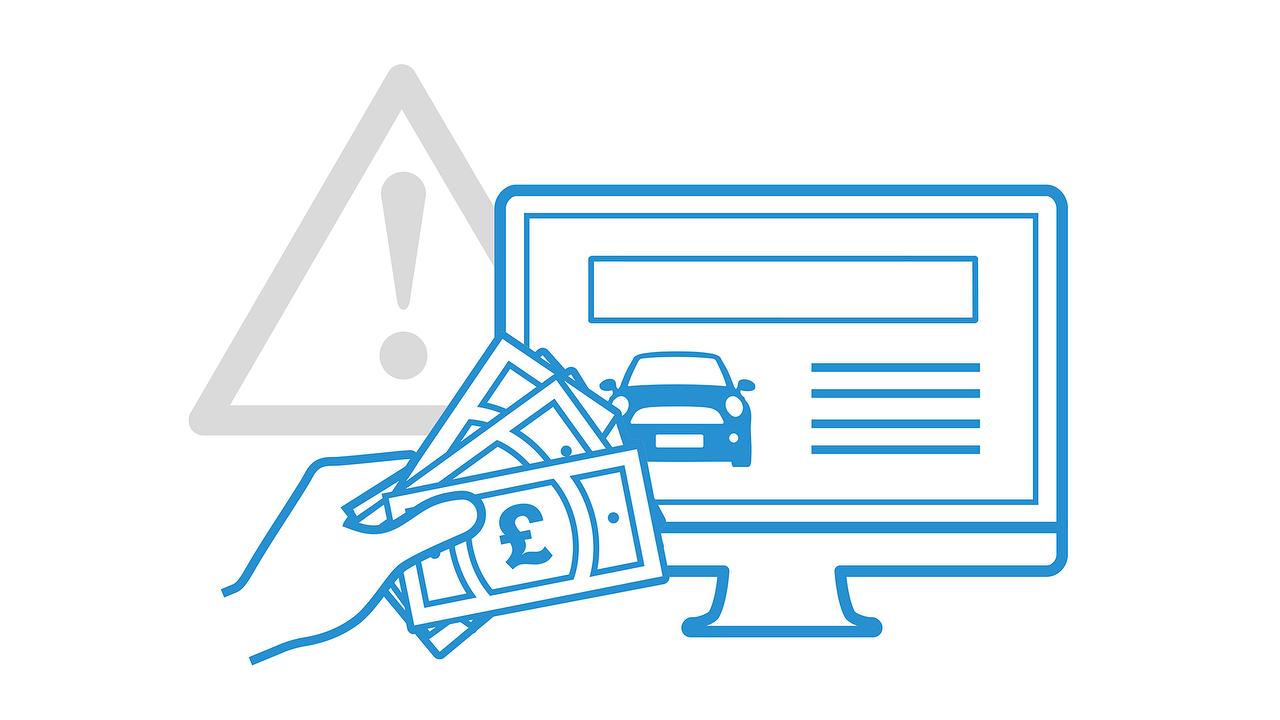Next to buying a home, a car is one of the biggest purchases you are ever likely to make. Therefore, it is very important that you know the correct steps to take to ensure that you and your money are protected when purchasing a car. At Carzone we have compiled some steps to take when purchasing a used car.
Where to Buy a Car:
There are many options to consider where you can purchase a car, including:
Franchise Dealership: A franchise dealership is one that has a contract with a car manufacturer that allows them to sell their products. Franchise dealerships are usually easily identified as they contain the brand name in the dealership name i.e. Joe Bloggs BMW or John Smith Ford. Franchise dealerships are considered to be the safest option for purchasing a used car as the used cars that they sell are typically approved and prepared to the highest standard. The cars are also serviced with genuine brand parts and come with all of the benefits and warranties that the manufacturer offers through its outlets.
Independent Dealership: An Independent car dealership is one that has no affiliation with a manufacturer and stocks a wide range of used car brands. These dealerships are considered to be safe as you are protected by the Consumer Rights Act. This means any item you buy from a trader that is selling goods as a business, whether it's in a shop or online, must be fit for purpose as described and of satisfactory quality.
Private Seller: A private seller is an individual who has advertised a used car and whose normal business is not to sell cars. In the case of private sellers, there is very little legal protection if the car is faulty. It is strongly advised that if you are thinking of purchasing a car from a private seller that you get the opinion of a trusted mechanic on the mechanical state of the car.

We have outlined some Questions you should ask the seller before you view the car:
- How long have they owned the vehicle and has it been stored in a garage?
- How many previous owners?
- What is the current mileage?
- What features does the vehicle have?
- What sort of condition is the vehicle in?
- Does it have a service history?
- Is there any outstanding finance or hire purchase agreement?
- Does it have up-to-date motor tax and a valid NCT certificate?
- Has it been involved in any accident, and if so, which parts were damaged?
- Have they replaced anything on it recently?
- Has it been modified in any way?
- Are the repairs guaranteed?
- The price should be negotiable - are they open to reasonable and fair offers?
Viewing the Car
First of all, find someone trusting to go and view the car with you, preferably somebody who has car knowledge. Avoid meeting a private seller alone and also carrying large amounts of cash. Here are some items you can check to ensure there is no faults or damage to the vehicle:
Outside:
- Let the seller show you the vehicle, but don't let them distract you from carrying out your own checks.
- Crouch down in front of each front wheel and look along the length of the vehicle making sure the front wheels are directly in front of the rear. If not, it could mean the vehicle has been in a crash.
- Check the gaps between the panels are equal. Uneven panel gaps occur if a vehicle has been in a crash.
- Look carefully at each panel for ripples in the paintwork or overspray.
- Check for rust, especially around the wheel arches where moisture, grime and winter road salt can result in deterioration.
- Examine each tyre closely to ensure a minimum tread depth of 1.6mm or damage - including the spare.
- Test the lights. Get the seller or friend to run through a check while you make sure all of the lights work on the outside
Inside:
- Make sure all the seatbelts work.
- Ensure all dashboard and steering column panels are bolted on correctly. This could point to a clocked vehicle.
- Make sure all the switches work – including the heater or air-conditioning, and check the front seats move about properly.
- Check the mileage reading tallies with old NCT or MOT certificates and service history documents.

Under the Bonnet:
- Check for signs of oil leaks around the top of the engine.
- Remove the dipstick and examine the oil. Sludgy black oil is a sign that the engine could be damaged or has not been well maintained.
- Look around the oil filler cap for a white mayonnaise-like substance - this is an indication of a damaged head gasket.
- Check the service history book to see if the timing belt has been changed at the relevant time or distance.
Test Drive:
- Start the vehicle when the engine is cold. It should start straight away. If it takes too long, it could mean trouble.
- Check the exhaust for excessive noise. If there are holes in it, there will be lots of noise.
- Have a look at the exhaust smoke - white, steam-like smoke is OK, unless there is a lot. Blue smoke can indicate an internal oil leak.
- Once the engine has been running for a while, the temperature gauge should sit around the halfway mark.
- Before you set off, turn the steering wheel. There should be no screeching, banging or knocking and it should turn smoothly.
- Test the handbrake by pulling it on and trying to drive off gently. If it fails to hold the vehicle back, it will need attention.
- Drive on as many different roads and surfaces as possible. Use all of the gears, and don't forget reverse.
- Throughout your test drive, listen out for unusual noises and don't let the seller distract you by talking or turning up the radio.
Paperwork: Always ensure you see all of the following:
- The Vehicle Registration Certificate
- The vehicle’s service history
- NCT or MOT details
- A valid motor tax disc (if the seller said tax is included)

Paying for the Car
Some sellers will encourage you to pay for the vehicle in cash. Remember that even if you take out a bank loan this effectively makes you a cash buyer. If you are buying from a private seller the safest way is to go to the bank with the seller, where you can exchange documents once the payment has been made. If you are paying for a vehicle in cash, make sure you get a receipt. Avoid carrying large amounts of cash. If you're buying from a dealer you also have the option of buying on Finance, that means that if something goes wrong the finance company is jointly and severally liable with the dealer for any breach of contract.